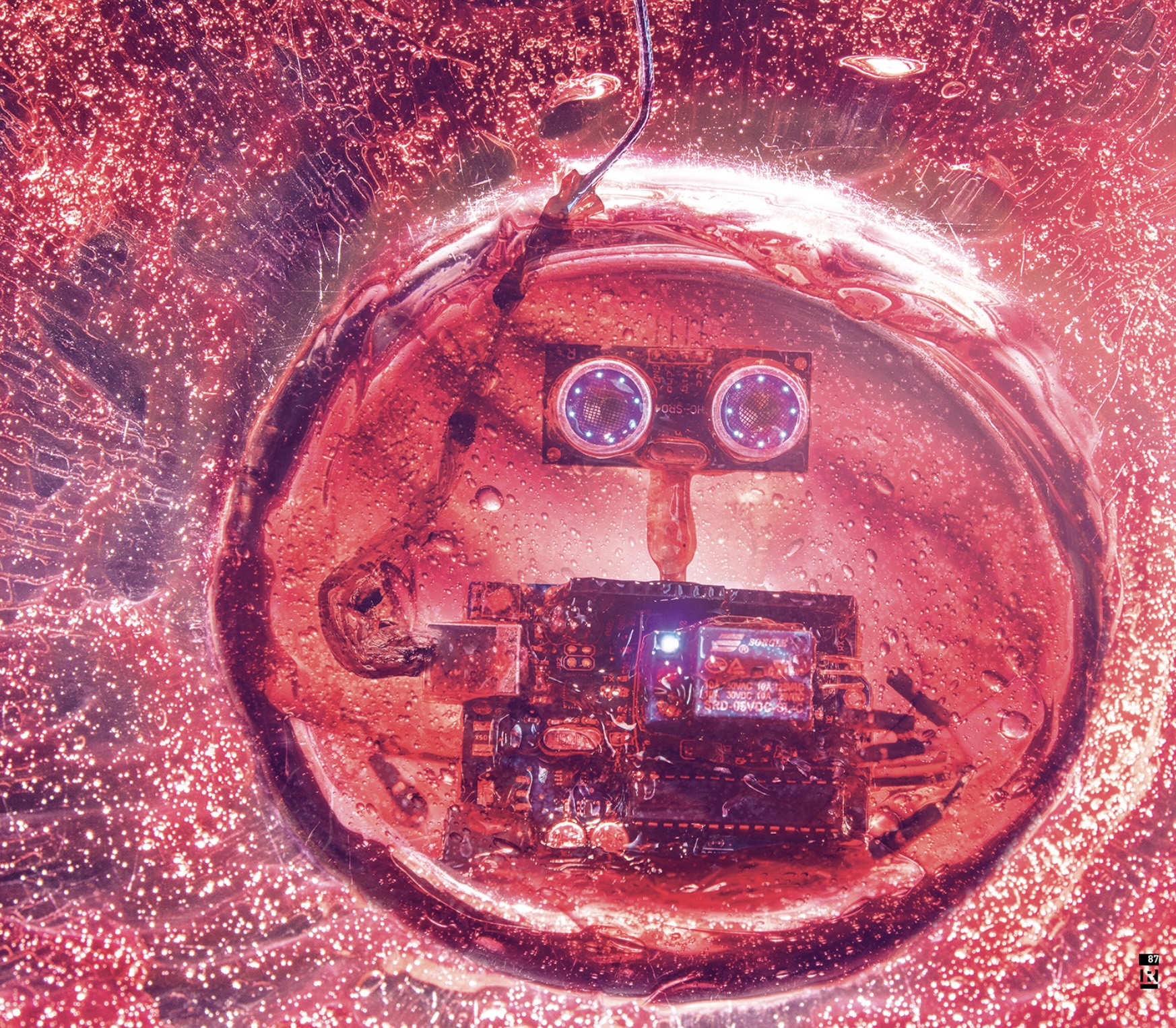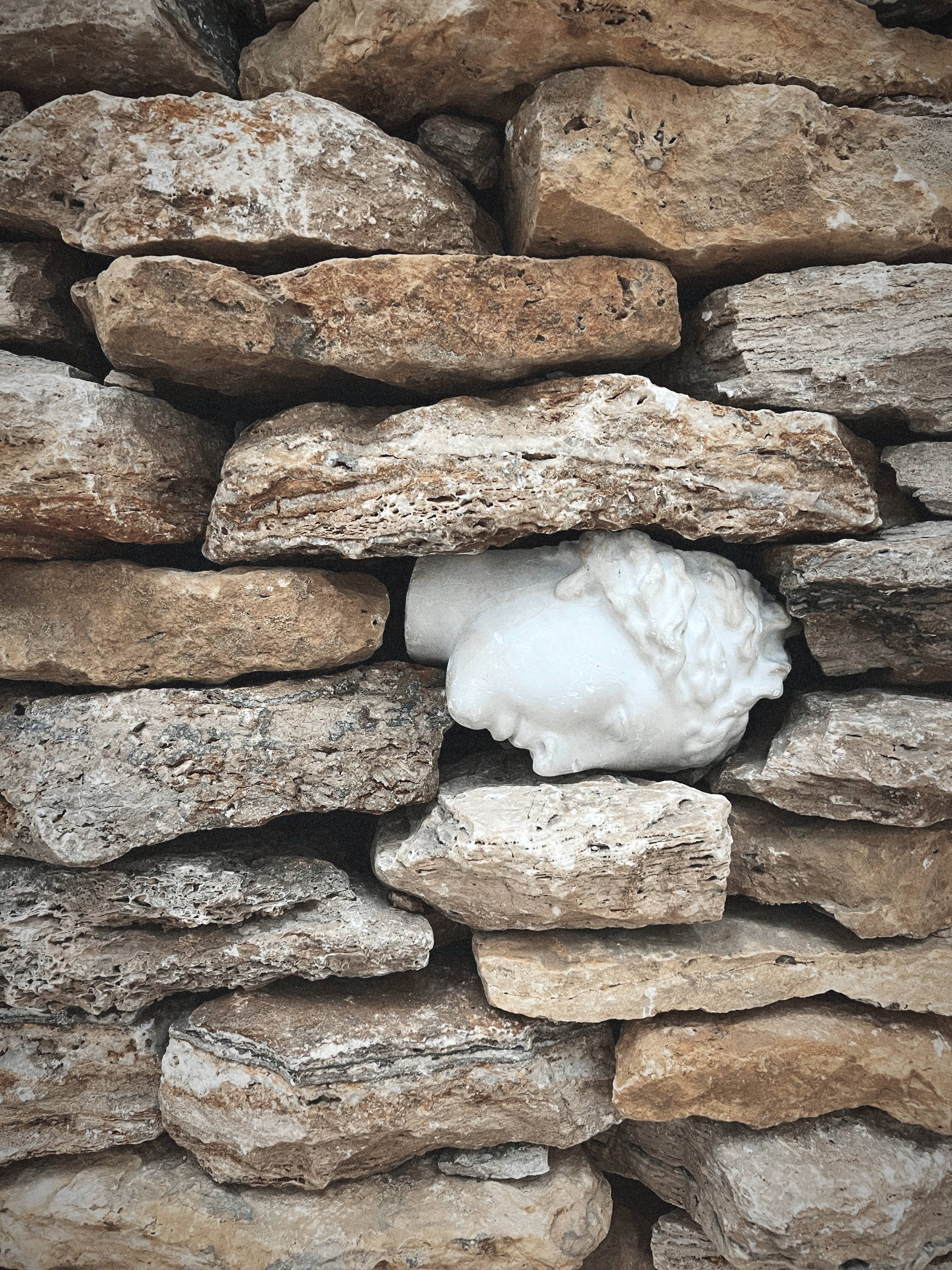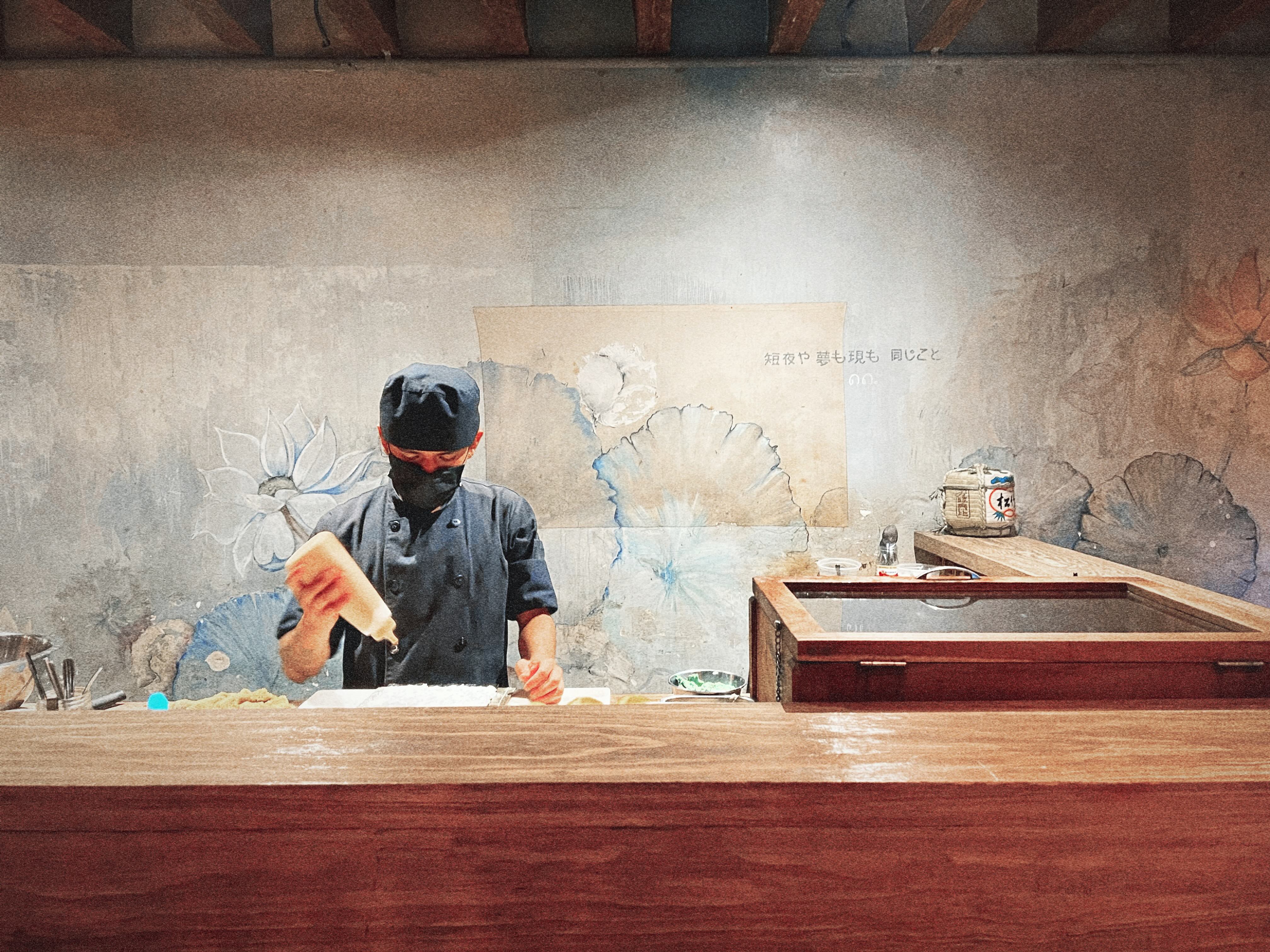The Modern Strategist: Why Embracing AI Isn’t Optional

The creative industry has always evolved in waves. Photography disrupted painting. Digital replaced print. Social media rewired storytelling. And now, artificial intelligence is reshaping the way we think, create, and build.
For me, AI isn’t a threat to creativity; it’s a mirror. It reflects how clearly we understand our own ideas, how disciplined our processes are, and how willing we are to evolve.
The Tools Are Neutral. The Mind Behind Them Isn’t.
When I first began experimenting with AI tools, I realized something quickly: the outcome still depends entirely on the clarity of the human using it. Prompts don’t replace ideas; they expose how strong your concept is. AI doesn’t give you taste or strategy. It amplifies them.
In my practice, I use AI the same way I once used a sketchpad, camera, or moodboard. It’s a space to explore directions faster, visualize narratives, and build creative systems at scale. But it’s still my hand guiding the process. The intent hasn’t changed, only the medium has evolved.
The strategist’s job has never been about the tool. It’s always been about translating vision into reality. AI simply makes that translation more fluid.
Collaboration, Not Replacement
The most valuable thing AI gives me is distance. It allows me to see ideas from multiple angles before they take form. Sometimes I’ll feed in fragments—a color palette, a line of copy, a visual reference—and watch what patterns emerge. The process is part logic, part intuition.
It’s not about letting the tool create for me; it’s about having another collaborator in the room. A collaborator who works fast, challenges assumptions, and forces me to refine my language of creativity.
Just like working with a great designer or strategist, AI pushes you to articulate what you really want, not just what you think you want.
Time as Creative Capital
We talk a lot about creativity, but not enough about time. Time is what most brands and agencies burn through before they ever reach clarity. AI changes that. It allows me to test, visualize, and iterate faster so I can spend more time refining ideas that matter.
That acceleration doesn’t cheapen creativity; it heightens it. When the groundwork moves quickly, the strategy can go deeper. The energy shifts from execution to exploration—from building assets to building meaning.
The Evolving Role of the Strategist
Brand strategy has always sat between art and analytics. It’s part data, part intuition, part cultural reading. AI doesn’t replace any of that; it expands it. It helps me decode trends, generate scenarios, and pressure-test narratives in ways that used to take weeks.
But more importantly, it forces a mindset shift. The modern strategist can’t just understand identity, messaging, and audience. They must also understand systems, automation, and the creative potential of technology.
I’ve learned that the strategists who resist AI are often afraid of losing control. The truth is, control was never the point. The point is to stay curious enough to keep evolving.
The Lesson
AI isn’t the future of creativity; it’s the reflection of it. The technology only matters as much as the person guiding it. As brand strategists, our value lies in the choices we make: what to keep human, what to automate, and what to reimagine entirely.
I don’t use AI to make me faster. I use it to make me clearer. It sharpens my thinking, expands my perspective, and reminds me that creativity has never belonged to a tool. It belongs to those who can see what’s possible before anyone else does.

.svg)








.svg)